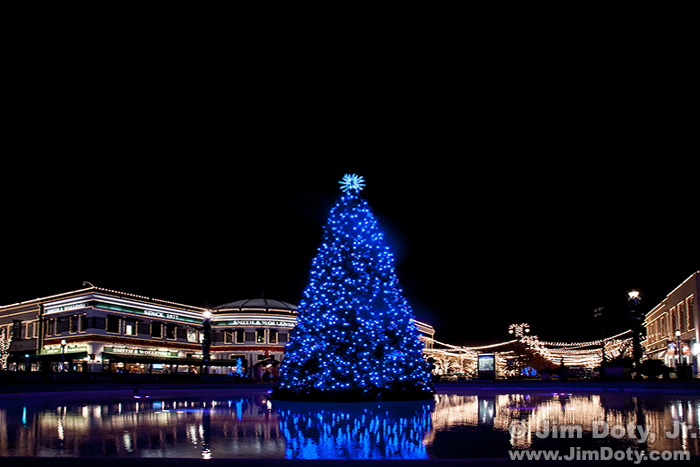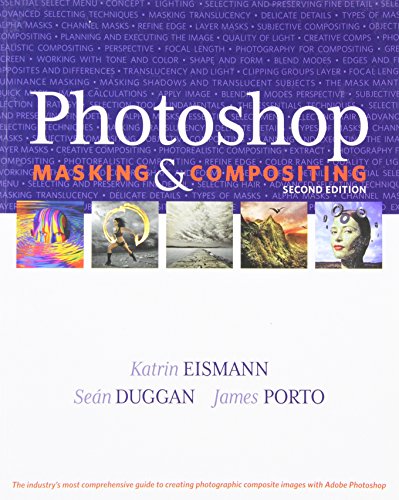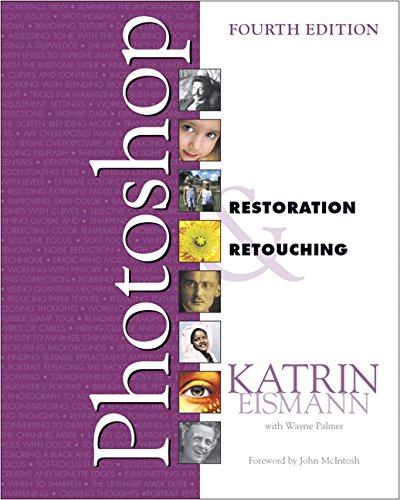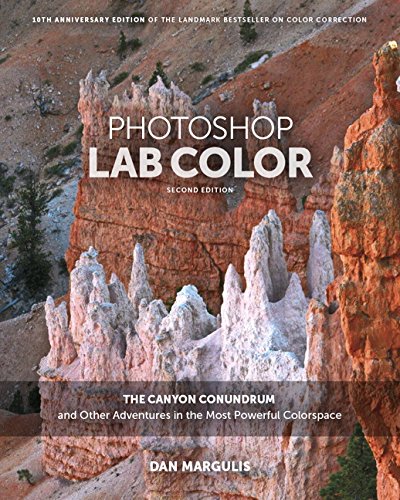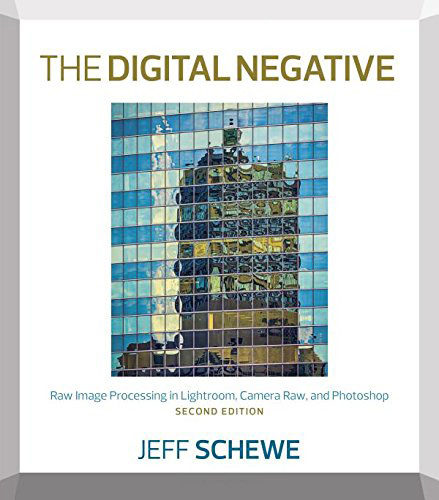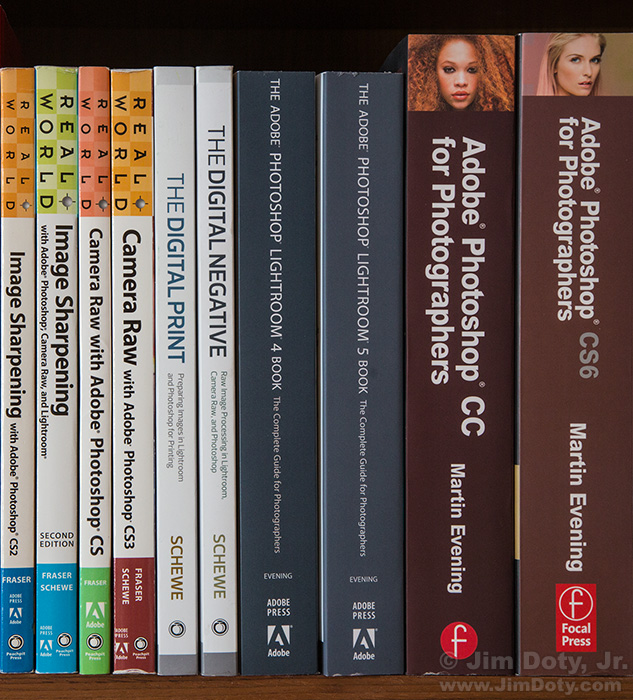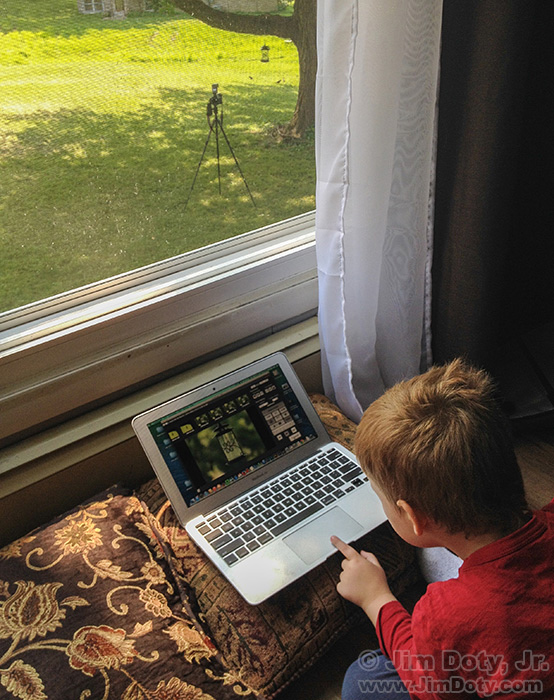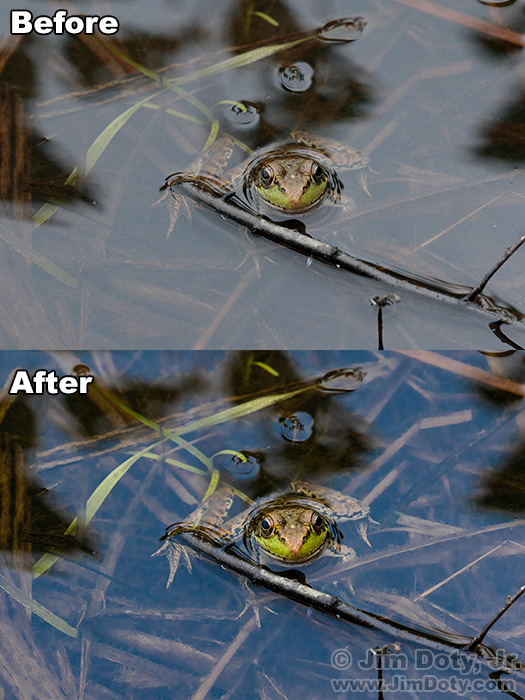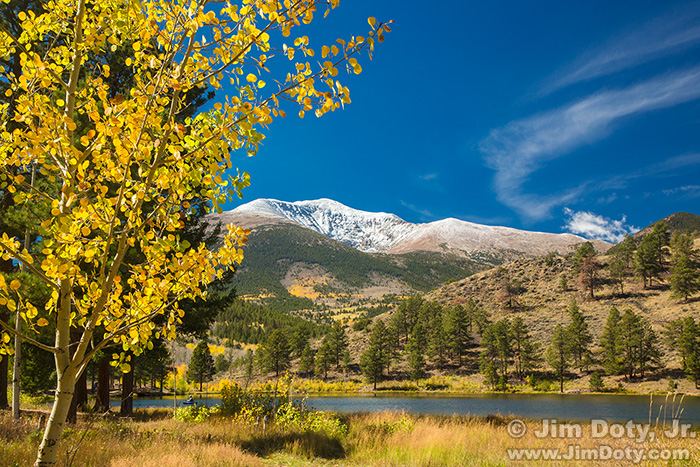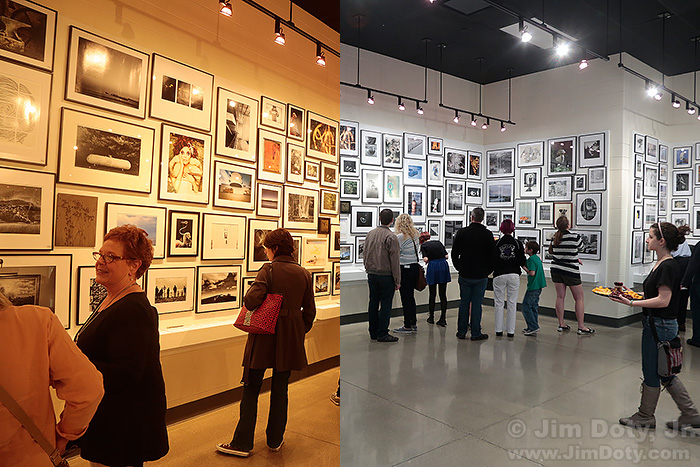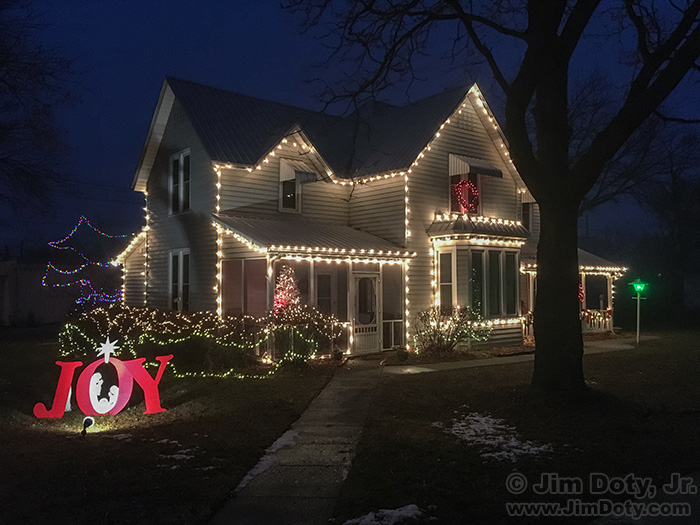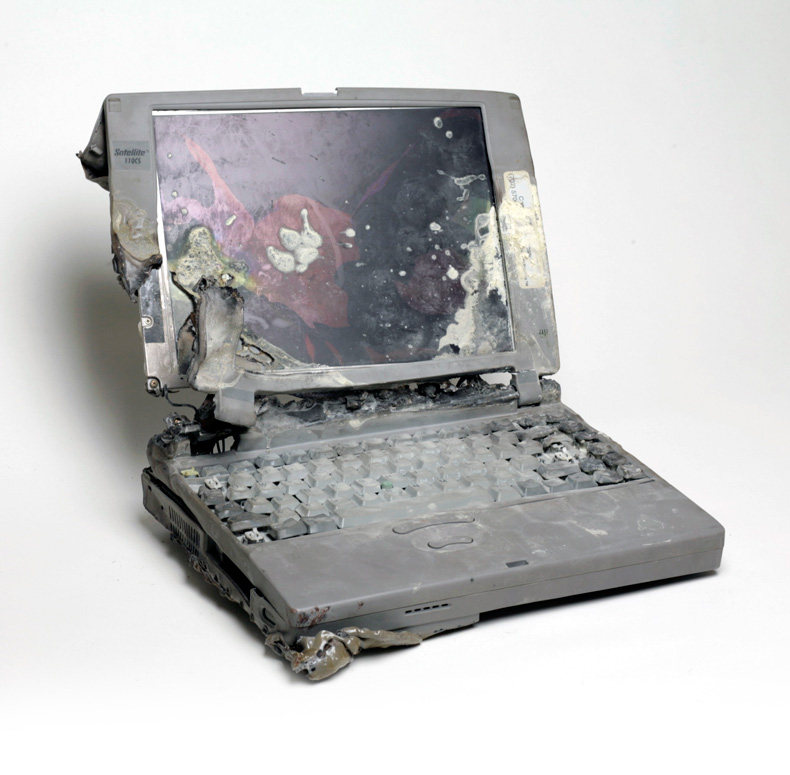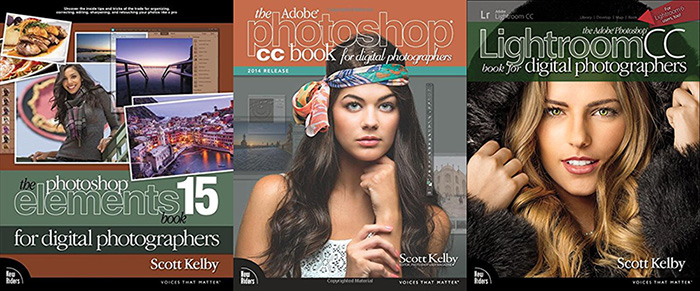 Scott Kelby has written some of the best, most readable introductions to Elements, Lightroom, and Photoshop. If you are new to this software, this is a great place to start.
Scott Kelby has written some of the best, most readable introductions to Elements, Lightroom, and Photoshop. If you are new to this software, this is a great place to start.
Category Archives: Computing and Software
The Best Image Editing Software
Your photos will look their very best if you optimize them with high quality image editing software.
Buyer’s Guide: Recommendations For The Best Photography Equipment, Software, Books, Magazines, DVDs, Online Photo Labs and More
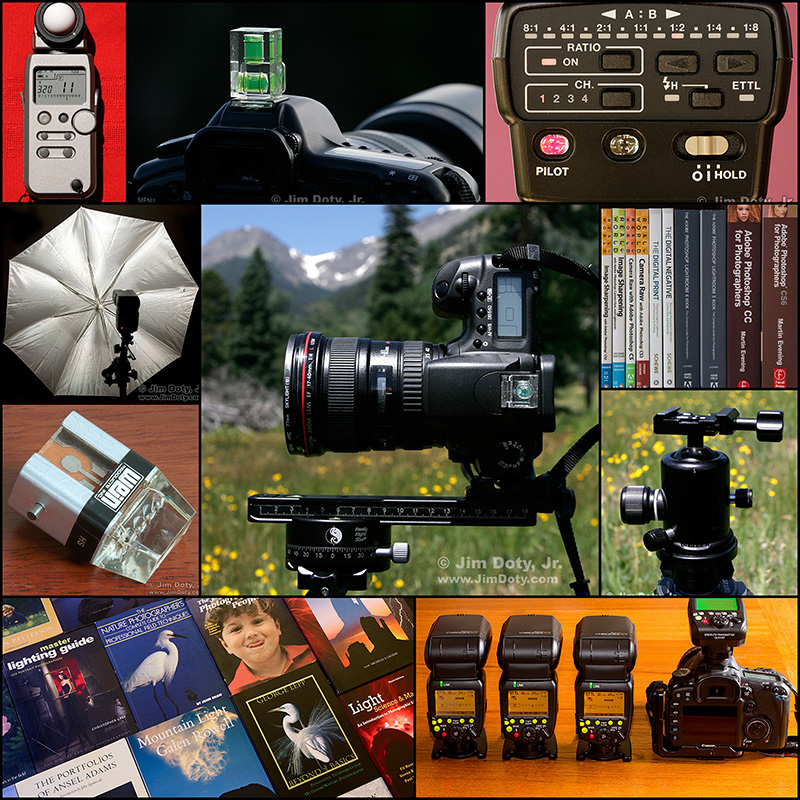 Welcome to my online buying guide for photographers. With over 70 articles it is one of the most comprehensive buyer’s guides on the web.
Welcome to my online buying guide for photographers. With over 70 articles it is one of the most comprehensive buyer’s guides on the web.
I get lots of photo questions, and many of them begin with “What is the best . . . .” They usually come from photographers or someone who is shopping for a photographer.
My “best of the best” series recommends the best photo gear, accessories, software, books, DVDs, online photo labs, and a whole lot more. Thanks to the information in these articles I get emails from photographers thanking me for saving them time, frustration, and a lot of money.
This article is published annually in November with regular updates. Most recent update: May 8, 2020.
How to Find the Names of Mountains in Your Photographs
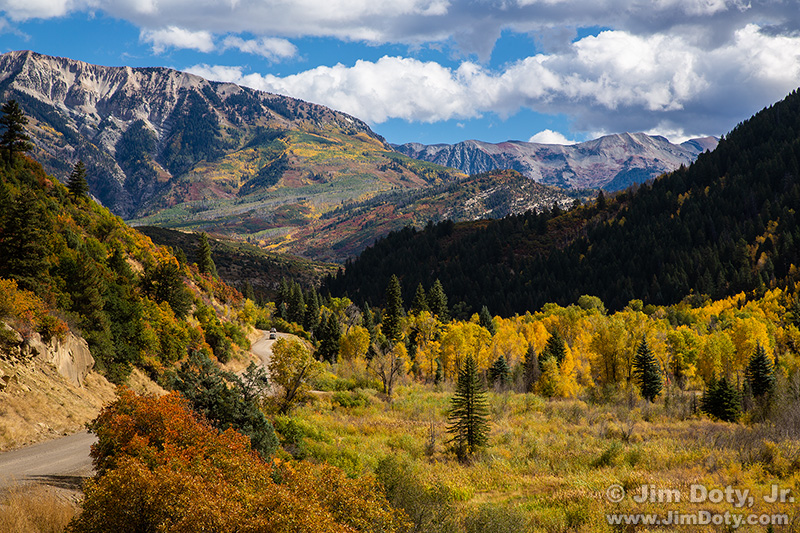
You are on a road you have never been on before. You to stop to take a picture which includes a prominent mountain. How do you find out its name?
My Favorite Depth of Field Calculator for iPhones and iPads
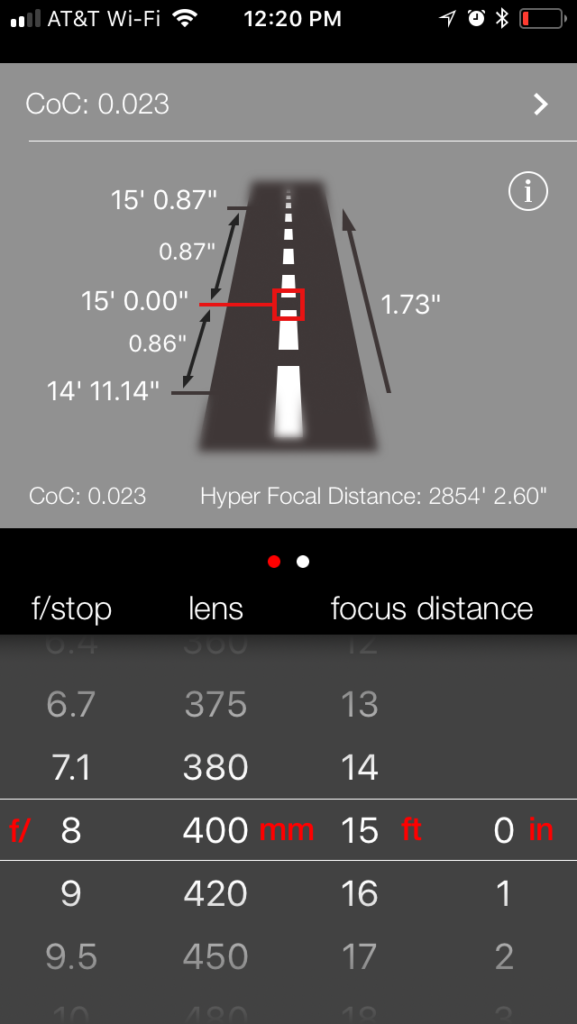
I was photographing baby sparrows being fed in a bird house. The depth of field (DOF) was really shallow and I was curious how shallow.
How to Photograph Christmas Lights with Your DSLR, ILC, or Smartphone
‘Tis the season and there are a lot of Christmas lights out there to photograph. It is fun and easy, and with a few tricks up your sleeve there are creative things you can do. Many of these techniques can be used on other lights throughout the year, so this is a good time to practice your skills for photographing lights.
Mastering Photoshop: Retouching, Part Two
Two essential and challenging Photoshop skills are Masking and Compositing. Fortunately for all of us out in Photoshop land, Katrin Eismann (along with Sean Duggan and James Porto) have written a masterful book on developing these skills, Photoshop Masking & Compositing (2nd edition).
Mastering Photoshop: Retouching, Part One
Katrin Eismann is a world class expert on photo retouching. She is one of the best of the best. In 2005 she was inducted into the Photoshop Hall of Fame. Anything she writes should be high on your reading list if you are serious about making the most of your Photoshop skills.
Mastering Photoshop: Advanced Color Correction, Part Two
Everything you need to know about Dan Margulis is in Mastering Photoshop: Advanced Color Correction, Part One. After you have devoured the book I recommend in that article, you will know why you need to get Photoshop LAB Color: The Canyon Conundrum and Other Adventures in the Most Powerful Colorspace (2nd edition).
Mastering Photoshop: Advanced Color Correction, Part One
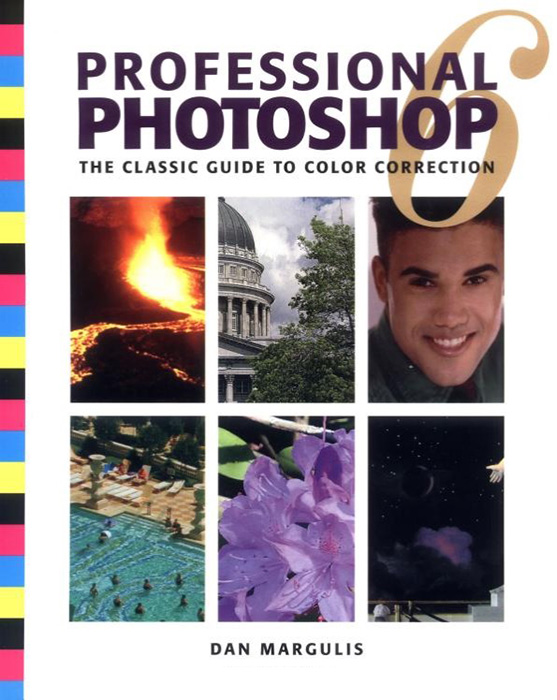 If you want to master color in Photoshop, Dan Margulis is the best of the best. He is one of the first three persons to be named as a member of the Photoshop Hall of Fame. And the book to get is Professional Photoshop 6: The Classic Guide to Color Correction. It is well worth finding on the used market (which you can do via my photography store). What Margulis teaches you to do with color is amazing. The before and after images will make your jaw drop.
If you want to master color in Photoshop, Dan Margulis is the best of the best. He is one of the first three persons to be named as a member of the Photoshop Hall of Fame. And the book to get is Professional Photoshop 6: The Classic Guide to Color Correction. It is well worth finding on the used market (which you can do via my photography store). What Margulis teaches you to do with color is amazing. The before and after images will make your jaw drop.
Mastering Photoshop & Lightroom: Adobe Camera Raw (ACR)
If you shoot RAW camera files (and you should), this essential book should be at the top of your list. It is far and away the best of the best. You will be amazed at what you can get out of your RAW files. Your images will thank you.
A lot of the quality of your final image will be determined by what you do with your RAW files when you open them in Adobe Camera RAW (ACR) which comes with Adobe Photoshop, Adobe Photoshop Elements, and Adobe Lightroom.
The “Mastering Photoshop†Series
Lightroom and Photoshop: The Essential Books
If you are serious about digital photography and you use Lightroom and/or Photoshop, these books are “The Essentials”. These are the books you read when you are ready to move beyond th3e basics.
The Best Image Editing Software
Your photos will look their very best if you optimize them with high quality image editing software.
Wireless Camera Control and Wireless Photo Transfer with CamRanger
CamRanger provides wireless image transfer from your camera to your laptop or smartphone. CamRanger also give you wireless control of your camera with your smart phone or laptop.
Buyer’s Guide: Recommendations For The Best Photography Equipment, Software, Books, Magazines, DVDs, Online Photo Labs and More
 Welcome to my online buying guide for photographers. With over 70 articles it is one of the most comprehensive buying guides on the web.
Welcome to my online buying guide for photographers. With over 70 articles it is one of the most comprehensive buying guides on the web.
I get lots of photo questions, and many of them begin with “What is the best . . . .” They usually come from photographers or someone who is shopping for a photographer.
My “best of the best” of articles recommends the best photo gear, accessories, software, books, DVDs, online photo labs, and a whole lot more.
This article is published annually in November with regular updates in November and December. Most recent update: December 30, 2018.
Processing a Green Frog with ACR
Are your best images worth two minutes of your time? If they are, two of the best things you can do for the quality of your images is to shoot RAW files and process the images with Adobe Camera Raw (ACR).
Secrets of Great Color: Set Your Camera To Bland!
Your Camera Does NOT Capture Reality! (and what to do about it)
You have heard it said a lot, and maybe said it yourself: “This picture doesn’t do the scene justice.” That is often true and for several reasons. One is that digital cameras do not capture reality. No matter how fancy or expensive, digital cameras simply do not capture what your eyes see. That is also true with film cameras. All color photographic films have different color characteristics. Some have better reds, others have better greens or blues. Some are more saturated and others less saturated. But none of them are totally color realistic. So why don’t digital cameras give you realistic images and what can you do about it?
Originally posted December 16, 2015. Revised, expanded, and re-posted May 4, 2018. Updated October 31, 2018.
Setting a Custom White Balance Will Save You a Lot of Time
Setting a “Custom White Balance” at the beginning of a photo shoot will save you a lot of time. It will only take a minute or so and can save you a lot of work later on. Think how long it would take you to color correct 250 images.
Posted April 22, 2015. Revised and re-posted Jan. 5, 2018.
Setting the Best White Balance in a Mixed Lighting Situation
Buyer’s Guide: Recommendations For The Best Photography Equipment, Software, Books, Magazines, DVDs, Online Photo Labs and More
 I get lots of photo questions and many of them begin with “What is the best . . . .” They usually come from photographers or someone shopping for a photographer.
I get lots of photo questions and many of them begin with “What is the best . . . .” They usually come from photographers or someone shopping for a photographer.
Here is my list of “best of the best” of articles recommending the best photo gear, software, books, DVDs, calendars, online photo labs, and a whole lot more.
Originally posted Nov. 1, 2017. Most recent update: Dec. 20, 2017.
How to Photograph Christmas Lights with Your DSLR, ILC, or Smartphone
The photo abilities of smartphones have improved dramatically in the last few years, especially in low light situations. Just point your camera phone at the lights and click the shutter. Exposure can be a bit iffy. If the photo looks too light or too dark and your phone will allow you to alter the exposure, take advantage of that feature.
Mastering Photoshop: Retouching, Part Two
Two essential and challenging Photoshop skills are Masking and Compositing. Fortunately for all of us out in Photoshop land, Katrin Eismann (along with Sean Duggan and James Porto) have written a masterful book on developing these skills, Photoshop Masking & Compositing (2nd edition).
Mastering Photoshop: Retouching, Part One
Katrin Eismann is a world class expert on photo retouching. She is one of the best of the best. In 2005 she was inducted into the Photoshop Hall of Fame. Anything she writes should be high on your reading list if you are serious about making the most of your Photoshop skills.
Mastering Photoshop: Advanced Color Correction, Part Two
Everything you need to know about Dan Margulis is in Mastering Photoshop: Advanced Color Correction, Part One. After you have devoured the book I recommend in that article, you will know why you need to get Photoshop LAB Color: The Canyon Conundrum and Other Adventures in the Most Powerful Colorspace (2nd edition).
Mastering Photoshop: Advanced Color Correction, Part One
 If you want to master color in Photoshop, Dan Margulis is the best of the best. He is one of the first three persons to be named as a member of the Photoshop Hall of Fame. And the book to get is Professional Photoshop 6: The Classic Guide to Color Correction. It is well worth finding on the used market (which you can do via my photography store). What Margulis teaches you to do with color is amazing. The before and after images will make your jaw drop.
If you want to master color in Photoshop, Dan Margulis is the best of the best. He is one of the first three persons to be named as a member of the Photoshop Hall of Fame. And the book to get is Professional Photoshop 6: The Classic Guide to Color Correction. It is well worth finding on the used market (which you can do via my photography store). What Margulis teaches you to do with color is amazing. The before and after images will make your jaw drop.
Mastering Photoshop & Lightroom: Adobe Camera Raw (ACR)
If you shoot RAW camera files (and you should), this essential book should be at the top of your list. It is far and away the best of the best. You will be amazed at what you can get out of your RAW files. Your images will thank you.
A lot of the quality of your final image will be determined by what you do with your RAW files when you open them in Adobe Camera RAW (ACR) which comes with Adobe Photoshop, Adobe Photoshop Elements, and Adobe Lightroom.
Article posted Nov. 30, 2016. Revised and re-posted Nov. 27, 2017.
My Hard Drive Crashed (Burned, Drowned)! Where Do I Send It To Get My Data Back?
So your hard drive crashes or is damaged in some other way. Where should you send it? The choice is important. If you don’t send it to one of the first rate data-recovery services (expensive as they are), a cut rate company could mess up your drive and make it impossible for a first rate company to retrieve your data.
Wireless Camera Control and Wireless Photo Transfer with CamRanger
CamRanger provides wireless image transfer from your camera to your laptop or smartphone. CamRanger also give you wireless control of your camera with your smart phone or laptop.


